
The many-sided talent of Ema-Nuel de Witt was manifested in various areas of his work. The artist painted pictures on mythological and everyday subjects, landscapes, portraits, but he became most famous as a master in depicting church interiors and crowded market areas, markets in ports.
Here, elements of everyday genre, still life and landscape merge into one. E. de Witte was born in Alkmaar in the family of a schoolteacher, studied painting, presumably in Delft, was a member of the Guild of Painters in Rotterdam, Delft and Amsterdam.
The architectural theme entered Witt’s work in the 1650s. The interiors depicted by the artist are filled with a poetic sense of a sense of space and light. Consistent in a strict color, based on color shades, a game of light and color, they recreate an organic picture of the unity of the architectural space and man.
Witt’s works were not used by contemporaries. The artist was forced to sell them for a pittance, constantly in debt, in bondage to innkeepers and homeowners. On a winter night, driven out by the owner to the street, E. de Witte finished with himself. Other well-known produced “Interior with a woman at the harpsichord”. OK. 1668. Boymans E Beningen Museum, Rotterdam; “The market port.” OK. 1668. The Pushkin Museum. And Pushkin, Moscow.
 The interior of the Old Church in Amsterdam during the service by Emanuel de Witte
The interior of the Old Church in Amsterdam during the service by Emanuel de Witte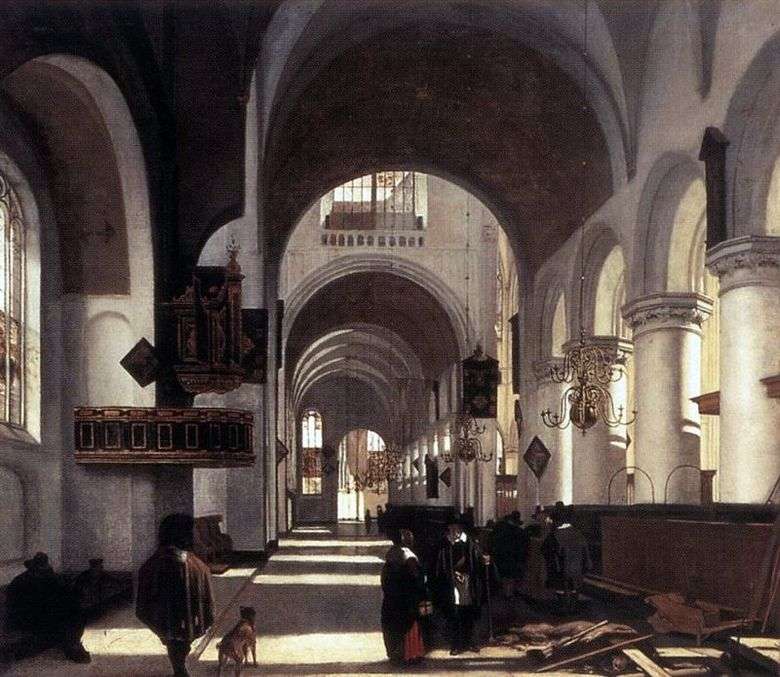 Interior de la iglesia – Emanuel de Witte
Interior de la iglesia – Emanuel de Witte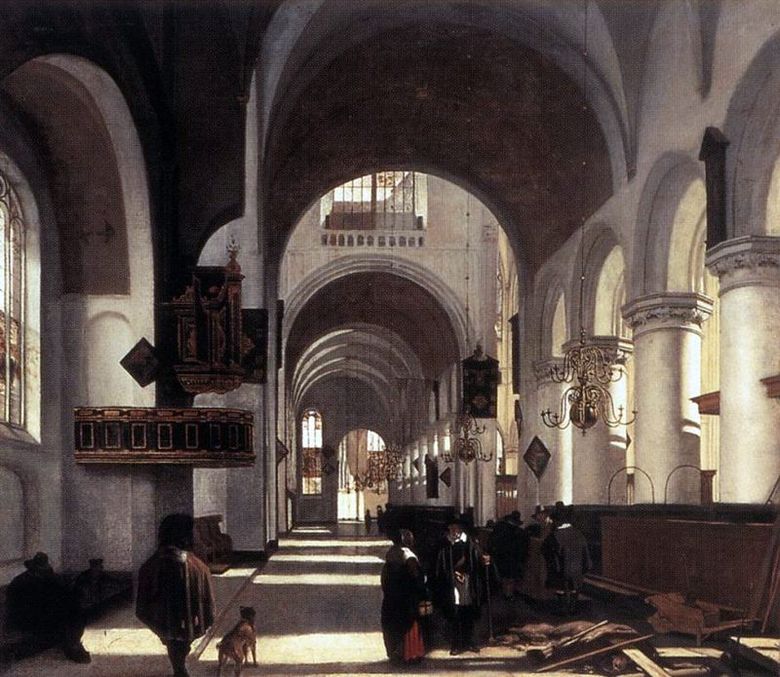 Intérieur de l’église – Emanuel de Witte
Intérieur de l’église – Emanuel de Witte El interior de la Iglesia Vieja en Amsterdam durante el servicio – Emanuel de Witte
El interior de la Iglesia Vieja en Amsterdam durante el servicio – Emanuel de Witte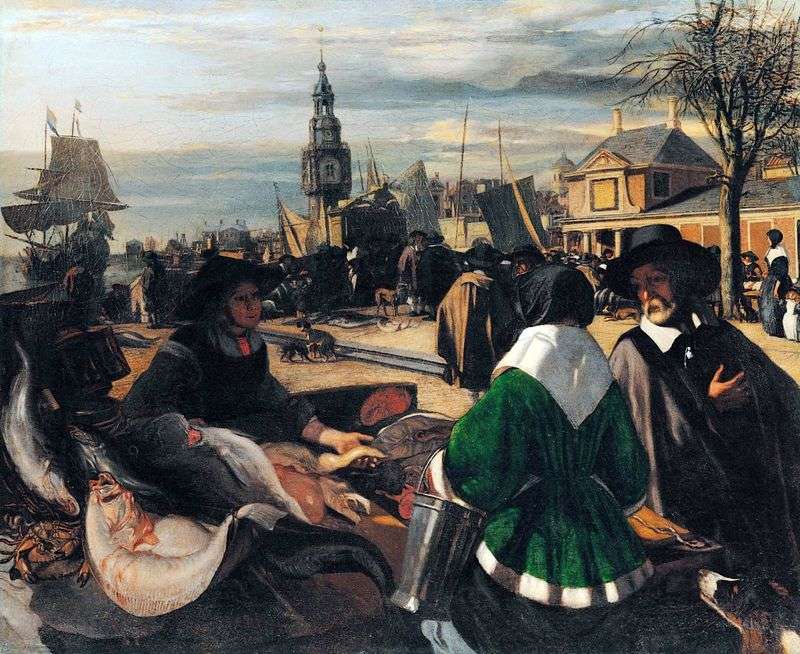 The market in the port by Emanuele de Witte
The market in the port by Emanuele de Witte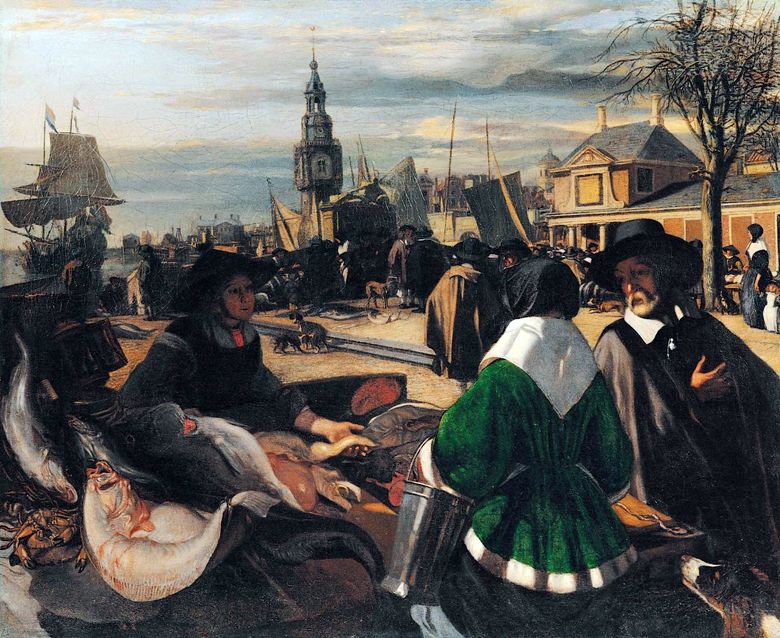 Marché Portuaire – Emanuel de Witte
Marché Portuaire – Emanuel de Witte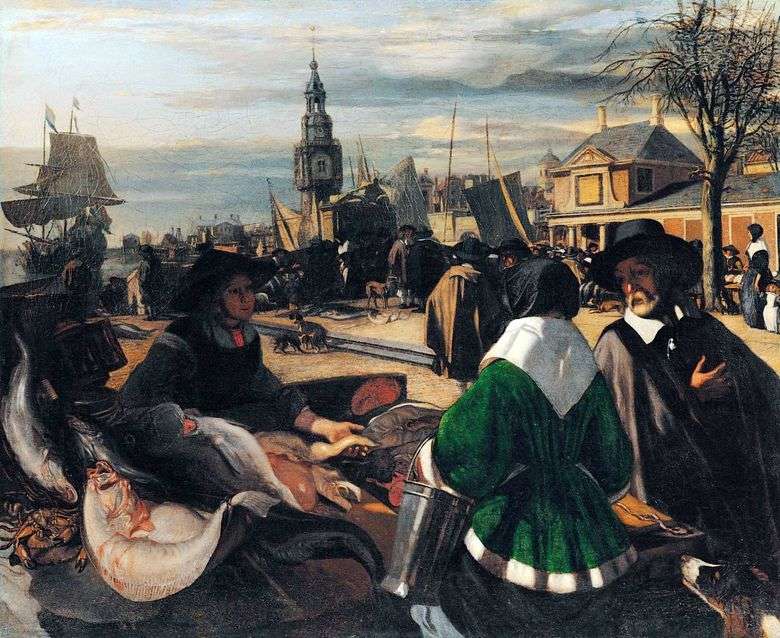 Mercado Portuario – Emanuel de Witte
Mercado Portuario – Emanuel de Witte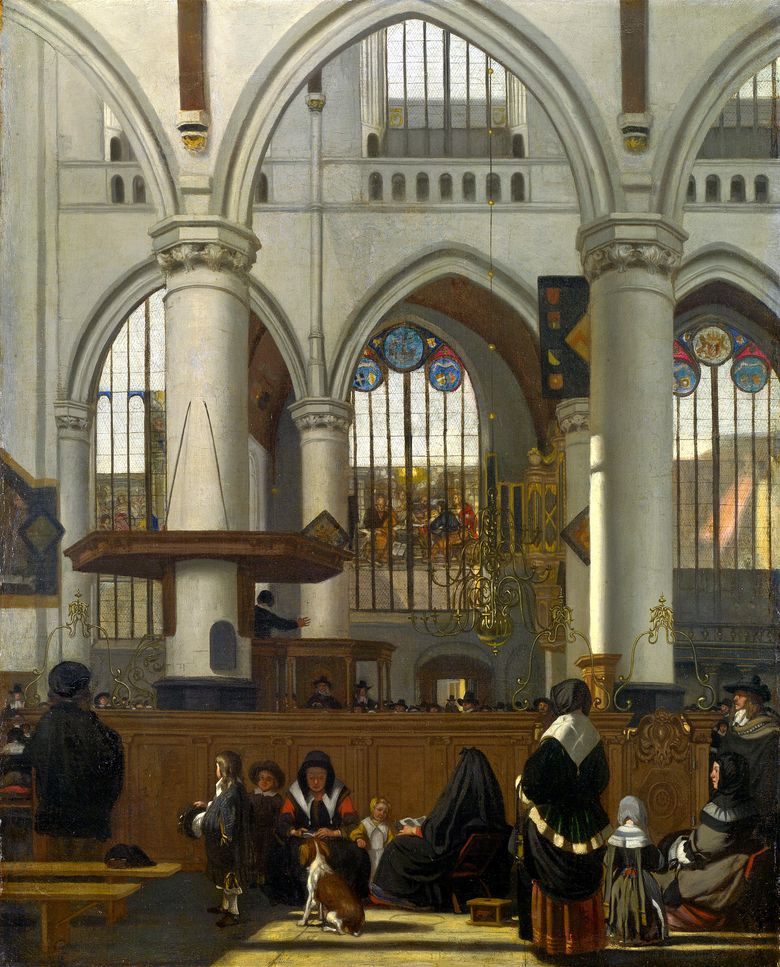 Intérieur de la vieille église d’Amsterdam pendant le service – Emanuel de Witte
Intérieur de la vieille église d’Amsterdam pendant le service – Emanuel de Witte